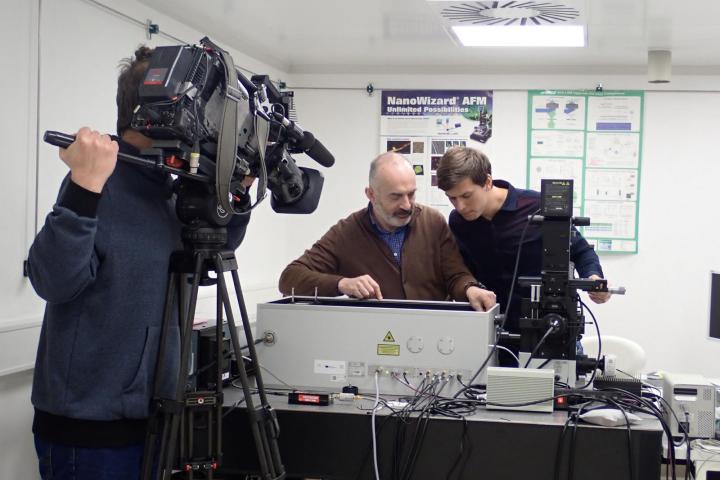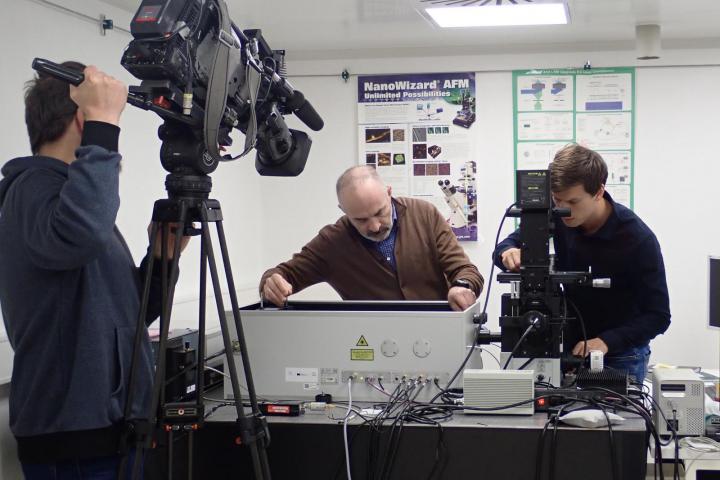
Quantum computers represent new directions in the development of information technology with enormous computing power. The basis of quantum computers are so-called quantum bits, or "qu-bits", which communicate with each other based on the principles of quantum mechanics. Examples of such computers are systems such as those of Google or IBM, which today have more than 72 quantum bits. 72 qu-bits correspond to 272 combinational possibilities representing computer power equivalent to tens of petaflops. By comparison, current classical supercomputers, also called exascale, have a capacity in the region of hundreds of petaflops.
"Increasing the number of qu-bits above 1000 or more will enable massive parallelism and exceed the capabilities of classical supercomputers. Quantum bits, such as superconducting circuits, operate at ultra-low temperatures near absolute zero. And this means the need for enormous cooling capacities, which limit the design and can make future applications very expensive," says Prof. Milos Nesládek from the Faculty of Biomedical Engineering at CTU, who is also at the University of Hasselt in Belgium.
A team of experts from the Faculty of Biomedical Engineering of CTU and the University of Hasselt described in a joint paper in the journal Science in 2019 a newly developed method of quantum detection applied to single quantum bits, realized in artificially created diamond at room temperature. "Such systems, based on the solution of solid-state materials such as diamond, represent a substantial simplification of the design of quantum computer processors," says Dr Michal Gulka from the Faculty of Biomedical Engineering at CTU.
The basis of quantum computers is the quantum-mechanical principle of entanglement, so it is necessary to develop computers based on diamond to realize such entanglement of quantum bits. The entanglement is then the basis for the application of quantum gates, adequate to classical computer gates, i.e. logical operations such as "and", "not", "or" and so on.
In a new paper, published 20 July in Nature Communications, the Czech-Belgian team describes such interleaving and two-bit gates as the basic modular unit of computing, which they were able to accomplish, in collaboration with colleagues at the universities of Vienna and Budapest, by combining electron and nuclear spin, the so-called NV centres in diamond. The basis of the work on these gates is the electrical detection of spin states in a diamond quantum bit, published previously in Science, which allows quantum bits to interact over distances of tens of nanometres. Electrical detection of quantum states therefore holds the prospect of modular scaling up to create functional quantum chips with multiple quantum bits.
In addition to the quantum function developed for computers, these diamond chips can also serve as ultrasensitive detectors of magnetic fields, for example as detectors for nuclear magnetic resonance, which is linked to the current project of the Faculty of Biomedical Engineering of CTU supported by the GACR.
Link to the article is here.

